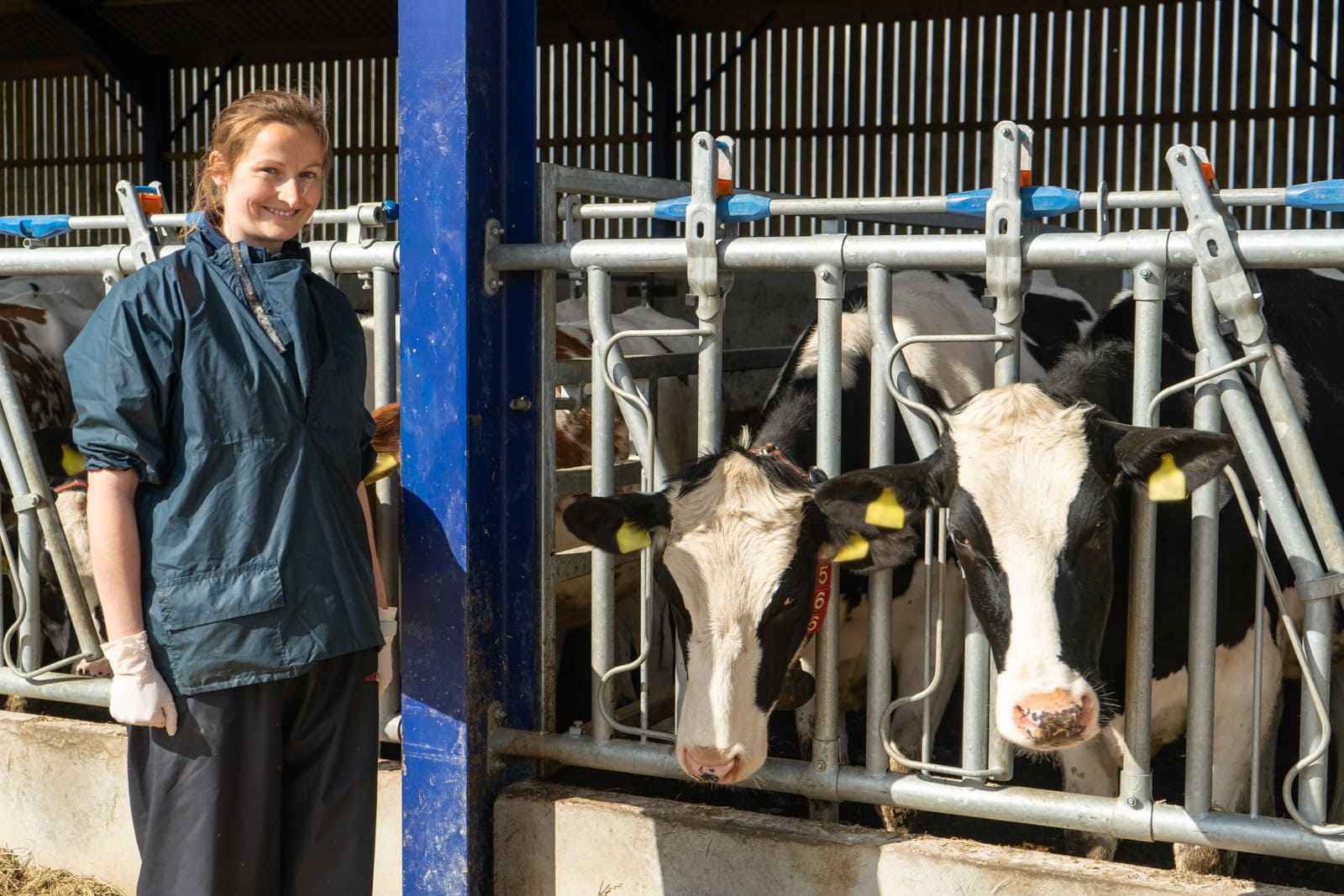THE first ever audit of more than 600 cattle caesarean sections on farms across the UK has revealed that foeto-maternal disproportion size of calves is the primary reason for the procedures.
The findings from the VetPartners Cow Caesar audit, which covered 347 farm clients from 25 of the veterinary group’s farm practices across the UK, provide a baseline of data from which trends can be identified to aid farm management and veterinary decisions.
This on-going audit is being undertaken as a clinical quality improvement project with data coming in via farm vets who are asked to complete a survey after performing a caesarean.
Within the survey, vets are asked to describe how they performed the surgery, what medication was used, and dam information.
Additionally, the audit collects data on the success rates of both beef and dairy caesarean sections. Monitoring survival at time of surgery and seven and 60-days post-procedure to assess both the short-term and long-term recovery and health outcomes of the cow and calf.
Results and access to the latest audit results are now available to view.
Andrew Henderson, chair of the VetPartners Farm Animal Clinical Board (FACB), who is a clinical director and RCVS Recognised Specialist at LLM Farm Vets – part of VetPartners – said the audit results will help inform decision making and benchmarking.
Andrew said: “This is the first audit of this scale in the UK and will be an important data set to inform change and develop protocols, if they are needed, on both an individual practice, group or national basis.
“Not only will this data tell us the reason for caesarean sections in the first place, but it also means we can understand how and which antibiotics are used, the extent of pain relief administration, and set a baseline for how a significant proportion of farm vets in the UK perform this procedure.”
One of the key reasons for beef cattle requiring caesarean sections was due to calf size relative to that of the dam’s birth canal.
Andrew added: “Insights like this can help identify where further focus needs to be placed on breeding decisions based around sire selection, the use of estimated breeding values, and pelvimetry in heifers to assess suitability for breeding.”
Mel Julian, a member of the FACB and a farm vet at Cross Counties Farm Vets – also part of VetPartners – said: “In addition to responsible breeding, the audit highlighted that a halter was used for restraint of 29% of dams during the procedure. For the safety of both farmers and vets during the procedure and around calving assistance suitable restraint and handling methods should be considered and implemented.”
Andrew believes the on-going audit will be of huge benefit to vets, farmers and cattle breeders.
“Given the fact that all 25 practices involved in the audit had clinical freedom to operate independently, the learnings from the audit are representative of UK farms, meaning other practices can take information from this study,” he said.
“Investigating all these areas can help to reduce the frequency of caesarean sections, improving the sustainability of farms, and improving animal health and welfare.
“In England, for example, farms can access funding from the Animal Health and Welfare Pathway to develop animal health plans and actions in collaboration with their vets. This could include, for example, pre-breeding pelvic scoring of heifers, or it could be used to discuss bull selection and/or purchases, and bull breeding soundness examinations.”
Further data and insights will be shared as additional data is added to the audit.
Visit the following link to view the audit from the first three years of the audit: https://www.myvetpartners.co.uk/_files/ugd/c09089_03c2130d6b6f488994c38a1b8f678fe5.pdf – for more information please email: [email protected]
